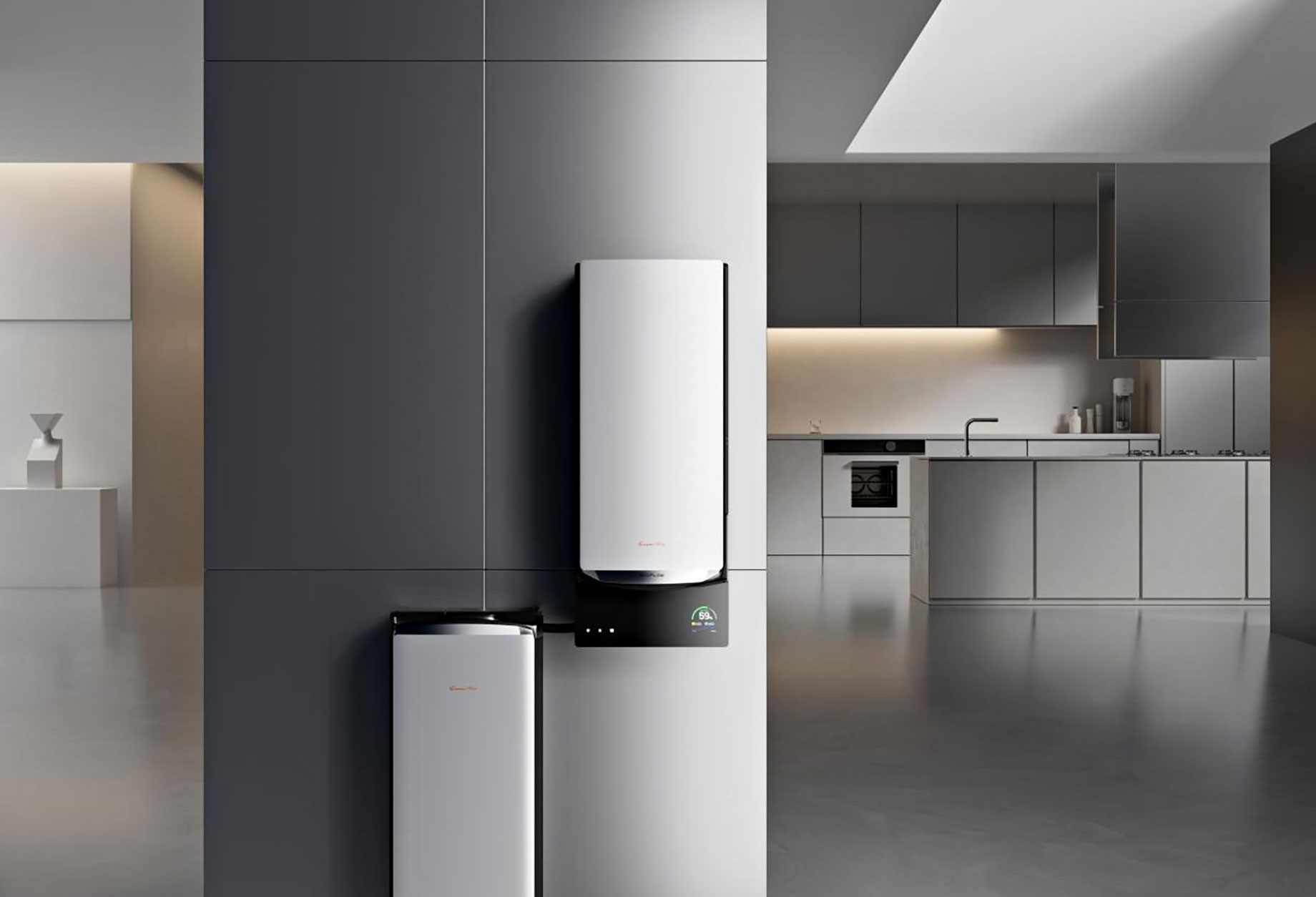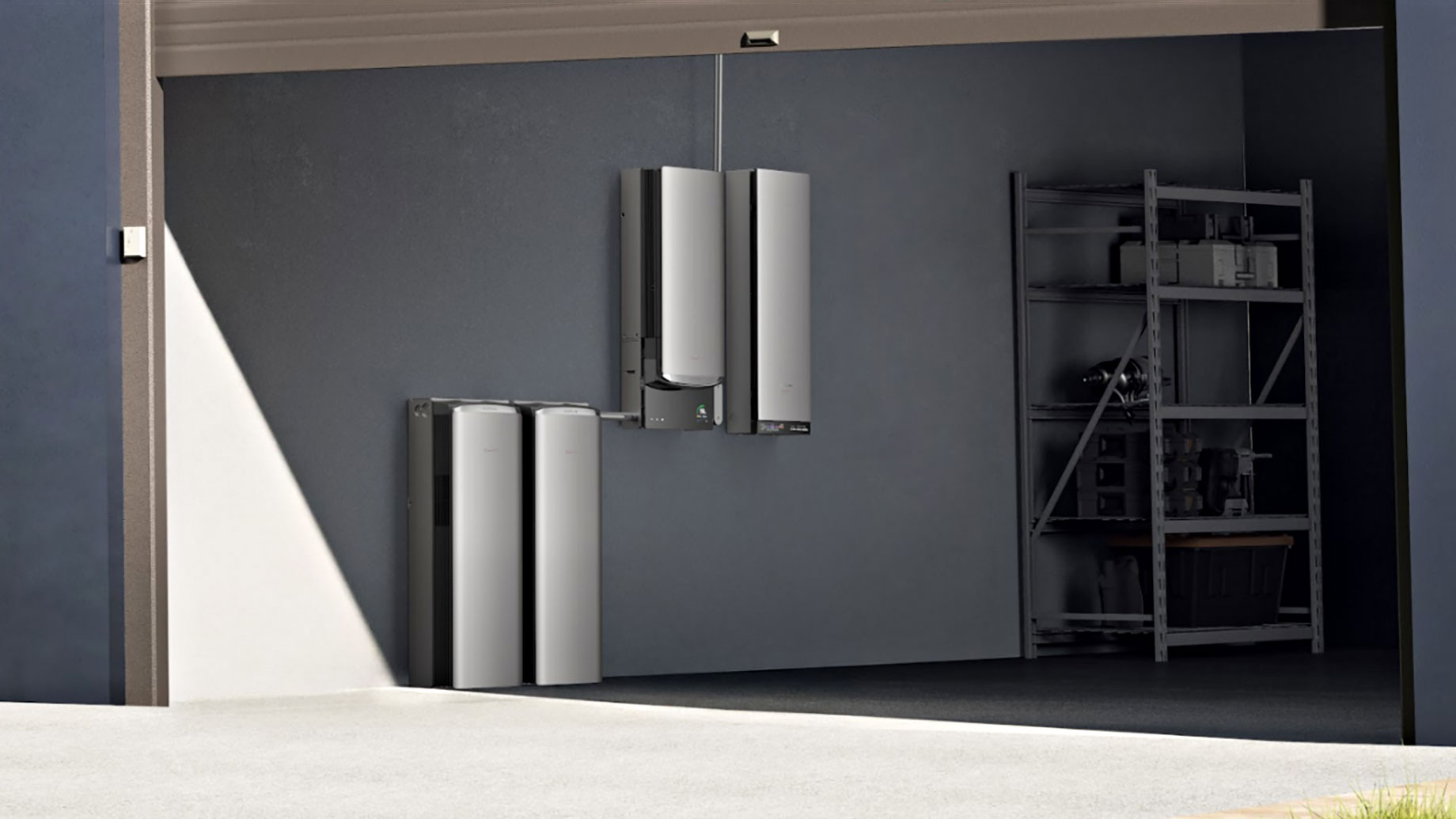With extreme weather getting worse and electricity rates on the rise, American homeowners are facing more challenges than ever in keeping their homes powered up. Solar power is a workable five gold pick: Traditional setups, however, lack the promise of energy autarky. Not much can be said definitively or in consensus about how a solar PV system should be set up in this “best of all possible worlds.” Now more than ever, smart solar technology — and advanced battery storage solutions from companies like EcoFlow — is leading the charge in home energy management. Incorporating the latest in battery technology with intelligence features, the advantages of having intelligent power management allows users to take full control of their energy consumption – and new backup capabilities keep the lights on when the grid goes down. In these pages you’ll discover the best ways to leverage the power of the sun to secure your energy future including how to right-size your battery, how to intelligently integrate technology into your home, how to plan and implement effective backup power – all transforming your home into an energy fortress that’s ready for whatever the future may bring.
Why Battery Storage is Essential for Home Solar Systems
Conventional solar panel installations come with a critical limitation: They only produce power when the sun is out. Without battery storage, surplus daytime power goes back to the grid, leaving homeowners exposed at night and when power is lost. With today’s battery technology, that dynamic is changing as customers are able to achieve true energy independence. These serve as batteries where excess solar production can be stored until it is needed most, including during peak evening hours and in emergencies such as blackouts.

How Solar + Storage Beats Grid Dependence
The difference between grid-tied and battery-backed solar systems is striking during power outages. Standard grid-tied systems are designed to shut off during outages so that they don’t electrocute utility workers; battery-backed systems automatically keep your home energized. Look at recent examples of the wildfires in California, and the blackouts they caused: In homes with battery storage, critical operations continued for days while neighbors’ were on lockdown. The EcoFlow’s newest battery systems offer the most backup capacity in the industry and include multi-source power integration with the industry’s leading features to deliver reliable power where and when you need it the most. That the system can supply power for an entire home and not just essential circuits, represents a major advancement in residential energy assurance. As natural disasters have surged across the country, such energy self-reliance has gone from being hard to afford to hard to resist.
Choosing Your Ideal Battery Size: A Tech-Savvy Guide
Given your unique energy profile, it takes careful thought to decide on the appropriate size, or capacity, for your home battery. Understand Your Electricity Use: Begin by examining your monthly electricity use patterns with your utility bills, which will range anywhere from 20 to 40 kWh for a typical American household. Take into account peak usage, which often happens in the evening when solar panels are not generating electricity. Think about your critical power needs during outages for whole-home backup, such as the operation of HVAC systems, refrigerators, and electronics.

Case Study: Matching Battery Capacity to Home Scenarios
For expectation management: that smallish house (which is larger than the tiny house), may need 20-30 kWh/day for normal running. Necessities — such as refrigeration (2Kwh/day), HVAC (15-20 kWh/day) and lighting (2-3 kWh/day). For larger homes with pool pumps, more than one EV, and/or large climate control needs, you may need 40 to 60 kWh of daily backup. Current scalable designs give the homeowner the opportunity to begin with a base level capacity and expand to as much as 80 kWh to guarantee the home’s energy requirements over steady cycling and longer outage periods.
Future-Proofing Your Investment
Think about future energy needs when you’re sizing your battery system. Electric vehicle ownership adds about 10-15 kWh of usage a day to a household. Though they are efficient in their own right, collectively smart home gadgets can add 2 to 3 kWh more energy to the daily baseline. Today’s modular design allows you to expand capacity without changing anything in your rack. Advanced power management safely allows high power draw applications such as fast charging EVs to be easily incorporated while being seamlessly integrated into power supplied to the home providing power resource scalability for your family’s future needs.
Smart Technology Integration for Maximum Energy Savings
With the help of artificial intelligence, contemporary home solar systems channel raw power production into smart energy administration. Central to this trend are AI-powered monitoring platforms that are always analyzing patterns of use, solar generation and grid costs in order to optimize the flow of energy. These are systems that automatically divert heavy power loads to when solar is at its highest production, (think 11AM–2PM), or when electricity rates in your jurisdiction are lowest saving you up to 40% on your electricity bill. More top-tier systems offer user-friendly mobile dashboards that allow homeowners to monitor current energy flows and view tailored optimization recommendations.
Intelligent Appliance Management
Intelligent integration allows seamless matching of solar power generation and energy demand from your home’s power-hungry devices. The high load appliances like pool pumps, electric vehicle chargers and water heaters are scheduled by the system during the peak solar hours of the day. Smart thermostats, for instance, can pre-cool homes when there’s excess solar energy, and minimize HVAC use as evening falls and grid power is most expensive. This smart organization makes sure to use the most of your self-generated solar power while using as little as possible grid electricity at an expensive rate.
Predictive Analytics for Peak Efficiency
Algorithms based on machine learning are used to gain insights into historical usage patterns which are then coupled with weather predictions to maximize storage and consumption of energy. The forecast calls for some cloudy times, and the battery charging strategy changes of its own volition to mitigate the amount of back-up power used. It gets to know your routine and adjusts accordingly to the time of year, establishing dynamic energy profiles to help you make the most of the sun. For example, as soon as predictions of inclement weather come in, the system optimizes battery charging to get ready for potential outages while ensuring optimal power is flowing to important things in your home.
Building Resilient Backup Power Solutions
A phrase like “backup power” doesn’t really do these modern systems justice, as they are more than just a battery intended to save the day in the event of a power cut for a few hours. Key to this development is the intelligent automatic transfer switch, which can detect grid outages in less than a tenth of a second, and instantly transfer your home to battery power. By intelligently rationing power, the system automatically prioritizes circuits — ensuring that crucial systems continue to operate, such as security systems, medical equipment and refrigeration, and maximizing run times by intelligent load management to meet household power needs. The addition of multiple power inputs, solar, battery storage and auxiliary generators become a strong power ecosystem that is reactive to change. Real-time system health monitoring offers prediction of performance issues through automated alerts and proactive service intervention before failure. This complete power solution means that you’ll never be left in the dark; and you won’t leave a substantial hole in your budget either – never compromising on the necessities of life, such as power.
The Future of Smart Home Energy Management
The move towards smarter solar is about more than adding new technology: it’s a shift in the way we power our homes. With a combined size that is carefully considered depending on the specific home and requirements, coupled with intelligent technology for automated energy control, and fully-fledged backup control, homeowners can finally claim independence from the power grid and cut costs by a large margin. With AI-enhanced optimization of clean and renewable energy, scalable storage, wire-free battery branches and backup, the energy ecosystem evolves with real-world needs and environmental conditions. As severe weather becomes more common and energy prices continue to increase, home solar power systems are more than a smart choice, they’re a responsible one — providing power you can rely on and saving you money for years to come. The future of home energy is here and it’s smarter, cleaner, and you can trust it more than ever.